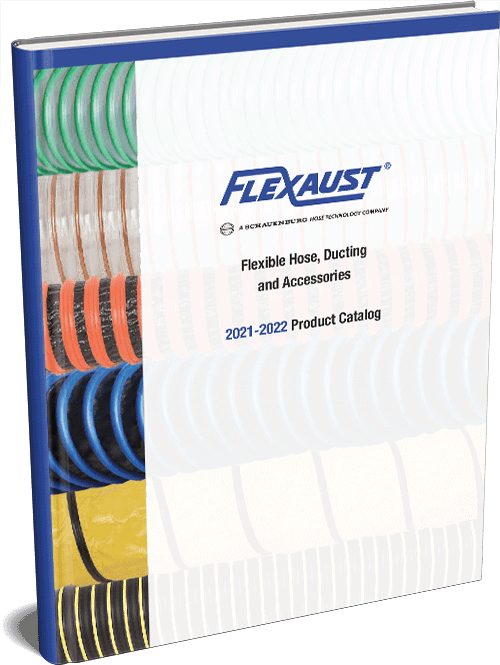What is a potentially dangerous, yet common appearance in your factory, coal mine, manufacturing facility or warehouse? The answer is the buildup of dust. Dust in the industrial environment has the added threat of becoming combustible dust, which in the right conditions could cause an explosion and fire. The threat of explosion grows as dust builds up on flat surfaces such as rafters, ducts, and inside crevices. All it would take is a small spark to trigger an explosion that could cause a lot of damage.
What is Combustible Dust and How do Dust Explosions Occur?
Combustible dust is any fine material or substance that has the ability to catch fire and explode when mixed with oxygen. When there is a collection of dust particles in a sufficient quantity and concentration, deflagration occurs. Deflagration is the rapid combustion that causes an explosion. Often the initial explosion causes more dust to accumulate into the air by damaging ducts or dust collection systems. This can cause a secondary dust explosion, often more destructive than the first due to the large concentration of dust.
What Materials Cause Combustible Dust?
The source material for combustible dust explosions historically have included wood flour, metal powder, sugar dust, polyethylene dust, grain dust and coal dust. Other materials that could become combustible dust include agricultural products, agricultural dusts, carbonaceous dusts, chemical dusts, metal dusts and plastic dusts. Industries and workplaces in which dust explosions are likely to occur include the woodworking, food, chemical, metal, plastics/rubber and utility industries as well as grain elevators, recycling facilities and coal–fired plants.
How Can Combustible Dust Explosions Be Prevented?
OSHA, the Occupational Safety & Health Administration has federally mandated workplace standards which include language to fight combustible dust hazards. These standards contain regulations for walking and working surfaces, general environmental controls, materials handling and storage, and toxic and hazardous substances. OSHA also offers recommendations for dust control, ignition control, and injury and damage control methods. By performing a hazard assessment of your facility on a regular basis, the potential for a combustible dust explosion can be lowered.
Also important is to make sure dust does not accumulate on any horizontal surfaces such as window ledges or light fittings, or in areas where dust could accumulate unnoticed. Another preventative measure is for your facility to have dust collection systems designed specifically to control dust. These systems are important in helping to maintain a dust-free environment. Vacuum cleaners that are specifically approved for dust collection are the only ones that should be used. A facility should also have a housekeeping program with regular cleaning schedules and inspections to try and minimize dust accumulation.


